While most users are accustomed to interacting with their PC using their mouse to control a GUI, the Windows Terminal is a core feature of Windows 11 that lets you get things done even faster if you're familiar with a keyboard. On top of Windows features and third-party software that rely on it, the Terminal is also your gateway to the Windows Subsystem for Linux, allowing you to use various Linux distributions inside your Windows PC.
The Windows Terminal in itself is a productivity boost in many ways, but if you want to get things done even faster and more efficiently, there are a few tricks you can use to make the Terminal even more beneficial. Here are a few features you might not know about that I highly recommend using.
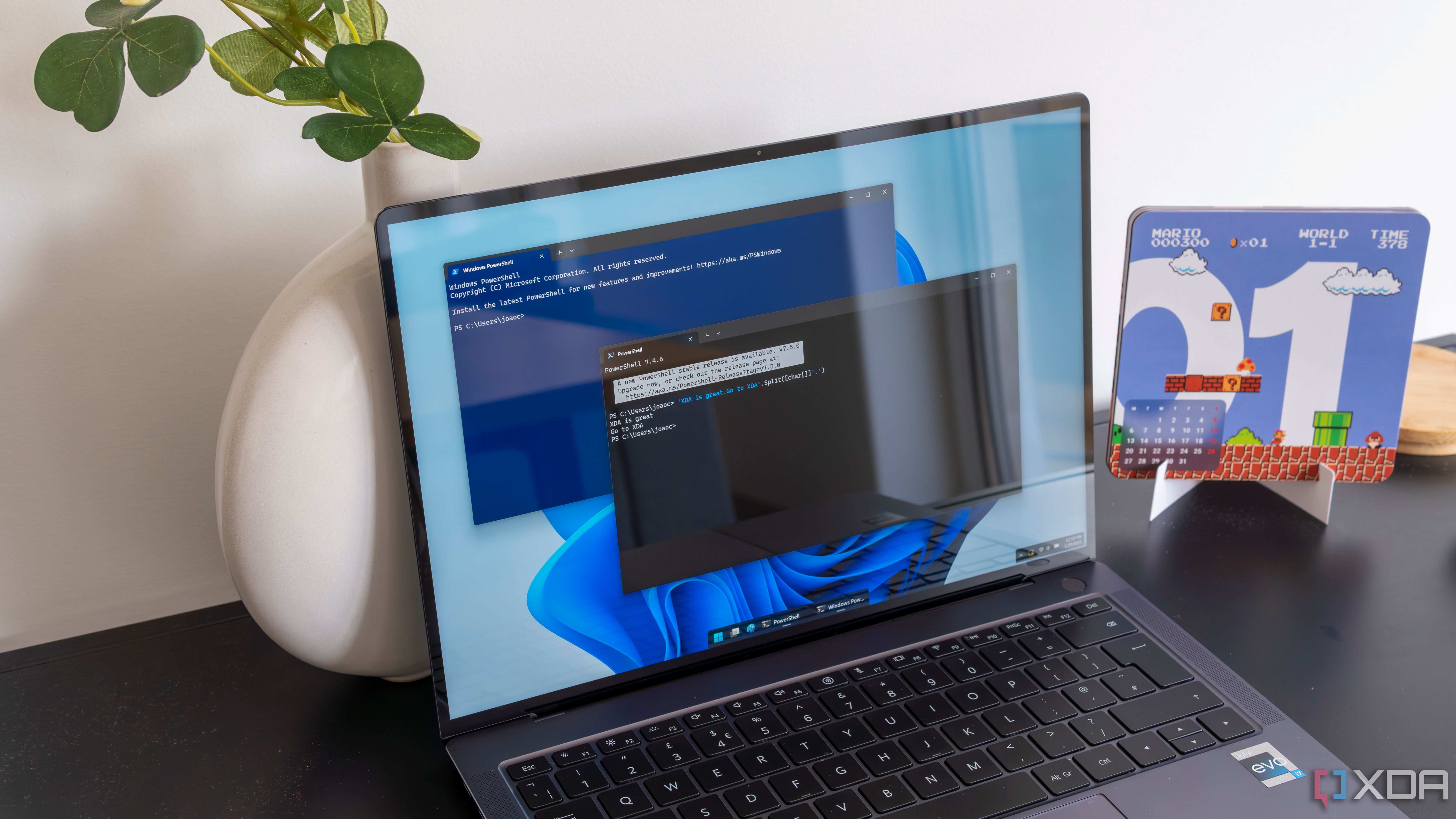
Related
For improving your productivity, setting up Windows Terminal to work with WSL, PowerShell, and cmd makes a world of difference
Setting up Windows Terminal with WSL, PowerShell, and cmd can drastically streamline your workflow—here’s how to make the most of it.
5 Rename and recolor tabs
Easier switching
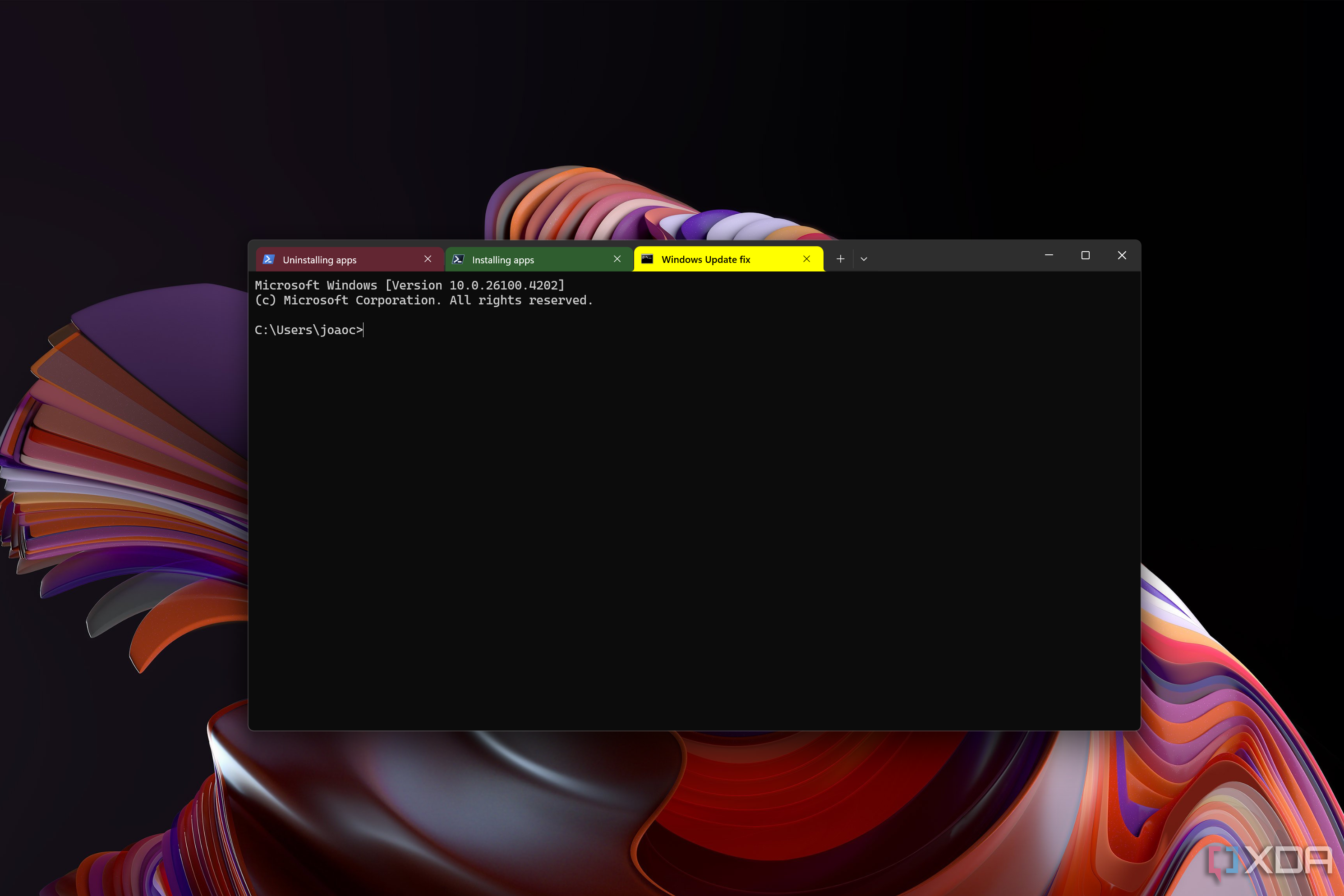
One of the great things about Windows Terminal is that you can juggle multiple profiles at the same time, so you can have Windows PowerShell running side-by-side with Ubuntu or OpenSUSE, all in the same window. But juggling all these tabs can be pretty difficult if you have a lot of them, and identifying them at a glance isn't always easy.
Thankfully, Windows Terminal lets me rename each of the tabs so I know exactly what they're for, making it that much easier to jump into what I need at any given time. Plus, I can even change the color of said tabs, making them even easier to identify at a quick glance, before I even have to read the title.
This is a fairly basic feature, but it's already a big step towards making things easier for myself.
4 The command palette
Who wants to memorize a million shortcuts?
It's great to get used to a keyboard and be able to do things much more quickly than with a mouse, but when that requires memorizing dozens or hundreds of keyboard shortcuts, it can be a little too overwhelming, and you might not be as productive as you want. Thankfully, the Windows Terminal has a useful feature called the Command Palette that makes it easier to perform all kinds of commands without having to remember oddly specific shortcuts.
The command palette, which you can bring up with Ctrl+Shift+P, is essentially a search bar for all the actions that you can perform within Terminal. Want to open a specific Terminal profile? Just search for its name, and you're golden. Create a split pane? You got it. There are tons of commands you can perform this way, such as cleaning the buffer, exporting the text log, and much more. It saves you the hassle of memorizing a ton of shortcuts while still providing the speed and convenience of using your keyboard the entire time. I love a good, snappy command bar like this, even outside of the terminal, so it comes highly recommended.
3 Focus mode
You don't need all that
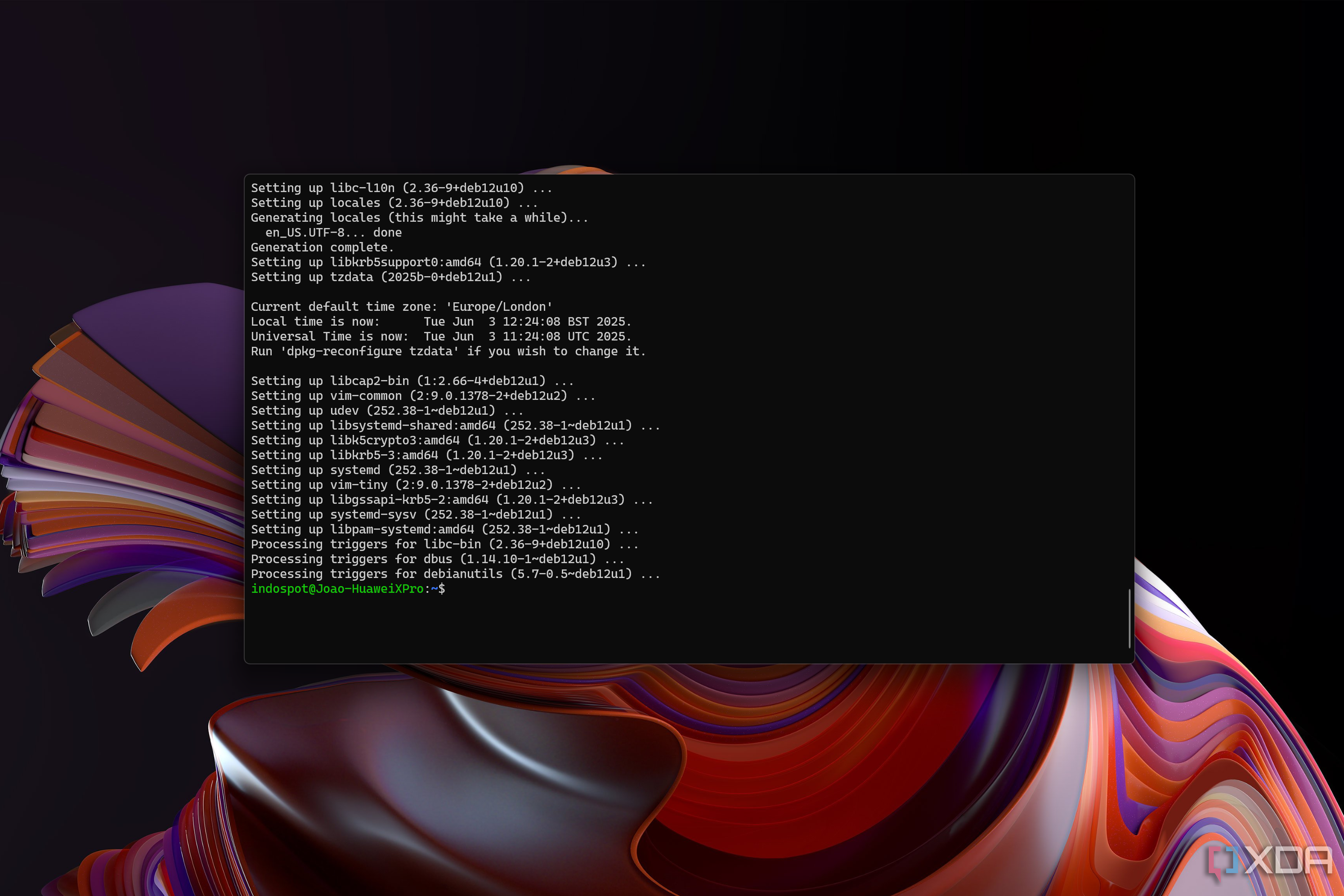
Making tabs easier to identify is great, but what if you don't need to be switching between tabs, and you really just want to focus on the terminal content? Well, that's where focus mode comes in.
You can access focus mode by using the command palette and searching for it, though you can also modify the settings.json file to add a proper keyboard shortcut for it if you prefer that. Once in focus mode, the title bar and tabs of your terminal window will disappear, and all you'll see is the terminal itself. You can also set focus mode as the default launch mode, and there's even a "maximized focus" mode that launches a maximized Terminal window without distractions.
If you have trouble staying on a task, focus mode might be just what you need.
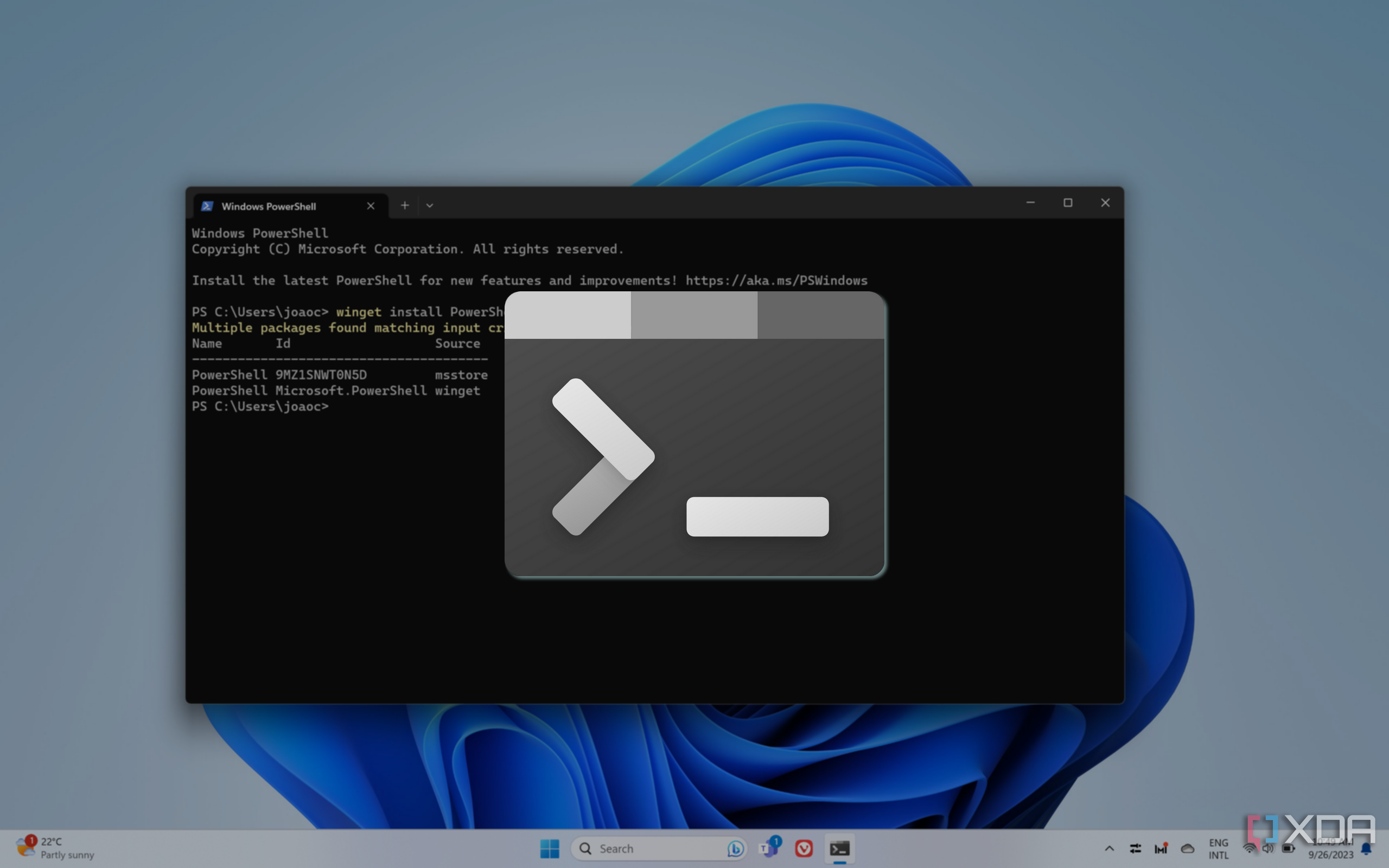
Related
5 tips and tricks for improving Windows Terminal
You can make use of Windows Terminal like a pro
2 Split panes
Because using just one terminal isn't enough
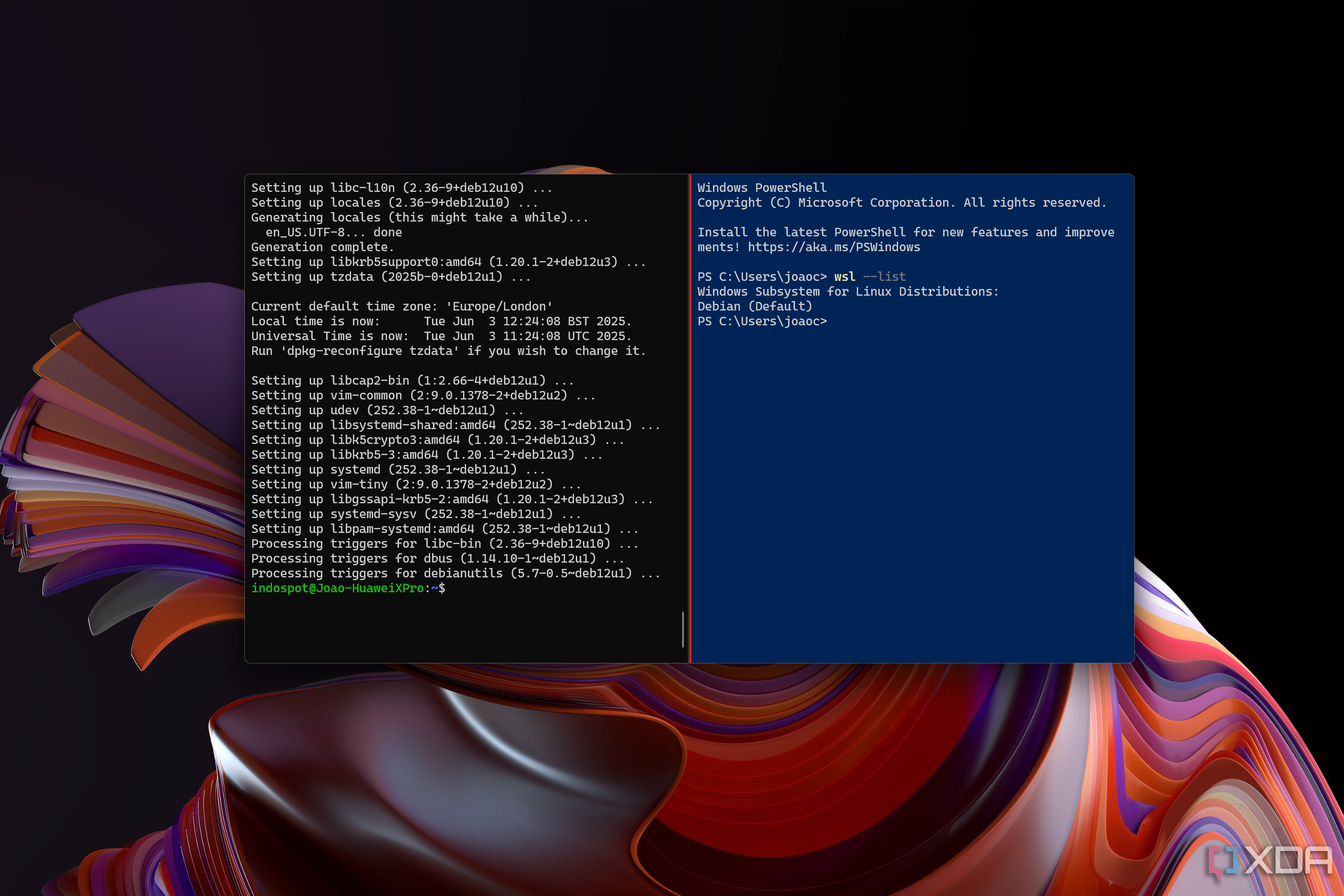
One of the coolest features in Windows Terminal isn't just the fact that you can open multiple tabs, but you can actually have multiple panes visible with different profiles at once, or even the same one. At any given time, you can press Alt + Shift + - to open split the window to the right, or Alt + Shift + + to split it under your current terminal. Then, you can navigate between panes easily by holding the Alt key and using the arrows on your keyboard. If you need multiple instances of the terminal running concurrently, this is the perfect solution, and much easier to use than juggling multiple windows. You can even create custom shortcuts for splitting in a specific direction by modifying the settings.json file.
The shortcuts above only open duplicates of your current profile, though, so what if you want to split your window by opening different profiles? Well, all you have to do is open the dropdown menu for a new tab and then hold Alt while clicking the profile of your choice. The new split will use that profile, so you can work on completely different things from inside the same view. Plus, you can swap the positions of panes or even move panes to a new tab, so you have plenty of control over the experience.
1 Quake mode
Multitasking made easier
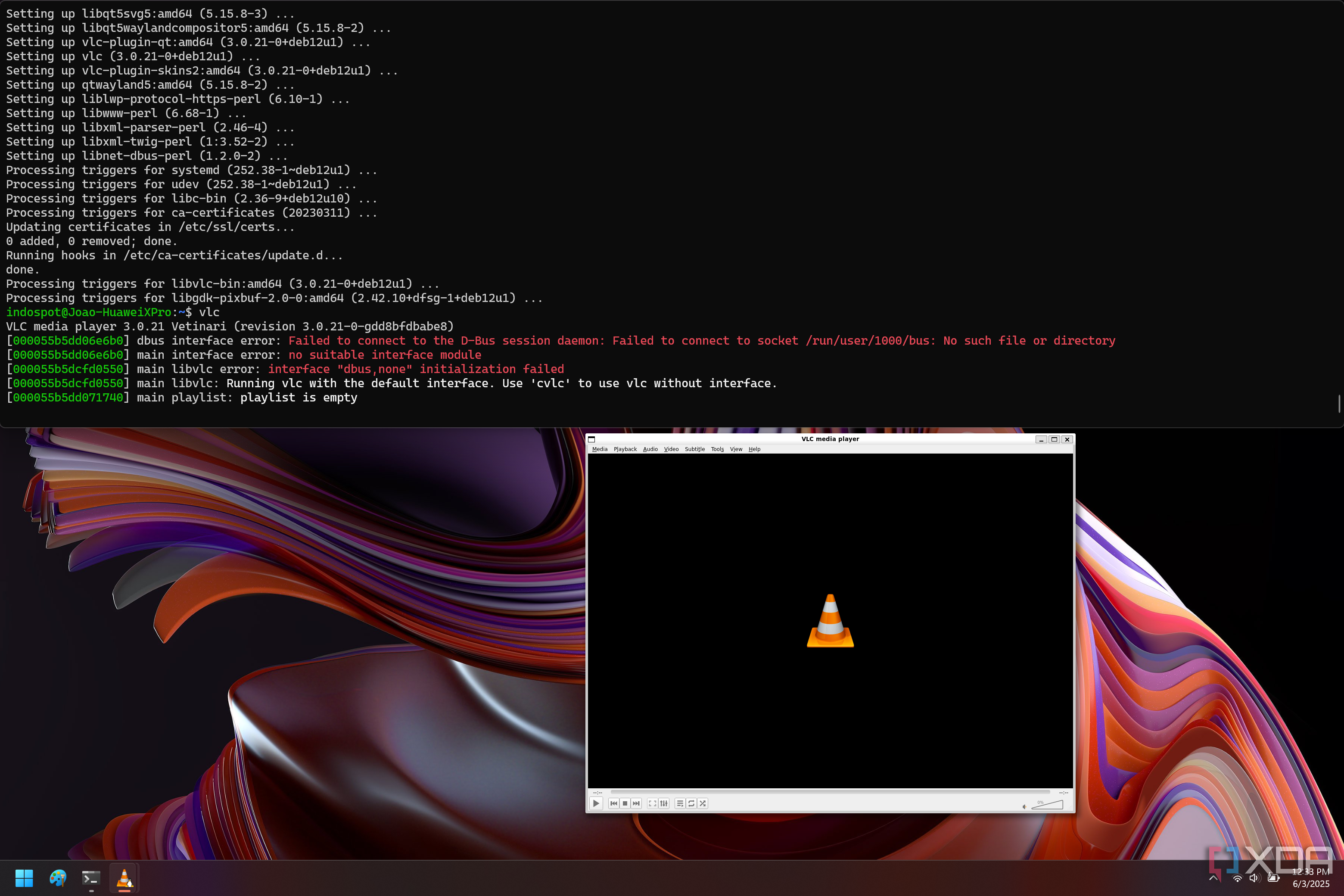
Finally, we have quake mode, potentially the best feature of the bunch for those who need the terminal in the background at all times. Quake mode can be activated with a dedicated shortcut that you have to set yourself or by running the terminal command wt -w _quake. One enabled, quake mode forces the window to be snapped to the top half of your screen, and it can no longer be resized on the sides or at the top. You can only change its height at the bottom. Quake mode also forces the window into focus mode, so tabs are hidden.
This makes it so the terminal remains visible at all times while you do other things. If you're working on something that requires you to hop between the terminal and other windows, or there's something you need to keep track of as you run commands, this mode makes it that much easier to do that. Quake mode also makes it harder to accidentally close the window or switch to it, as the window is hidden from the taskbar and task switcher when minimized.
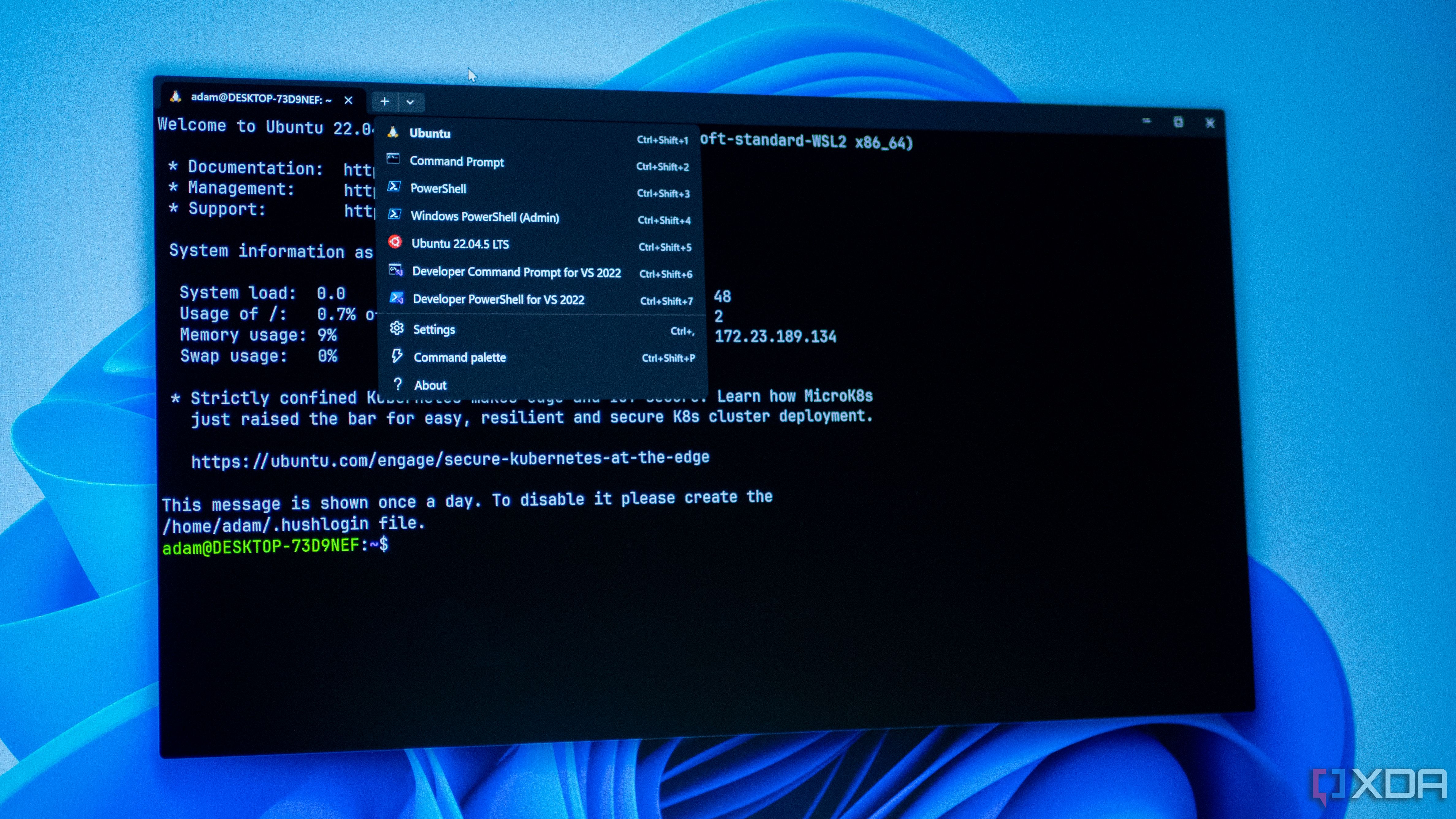
Related
WSL is the best feature added to Windows in the last decade
There have been a lot of features added to Windows over the years, and WSL is arguably the best.
Windows Terminal has some neat tricks
Windows Terminal is already a very useful tool in Windows 11, but with these neat tricks, you can speed up your workflow even more. Quake mode is a particularly interesting option to me, since it allows you to run your commands and not lose track of your terminal window while also letting you keep an eye on other apps or programs that may be affected by the commands you're running. Split panes are also very cool and make multitasking within the terminal that much easier.
.png)
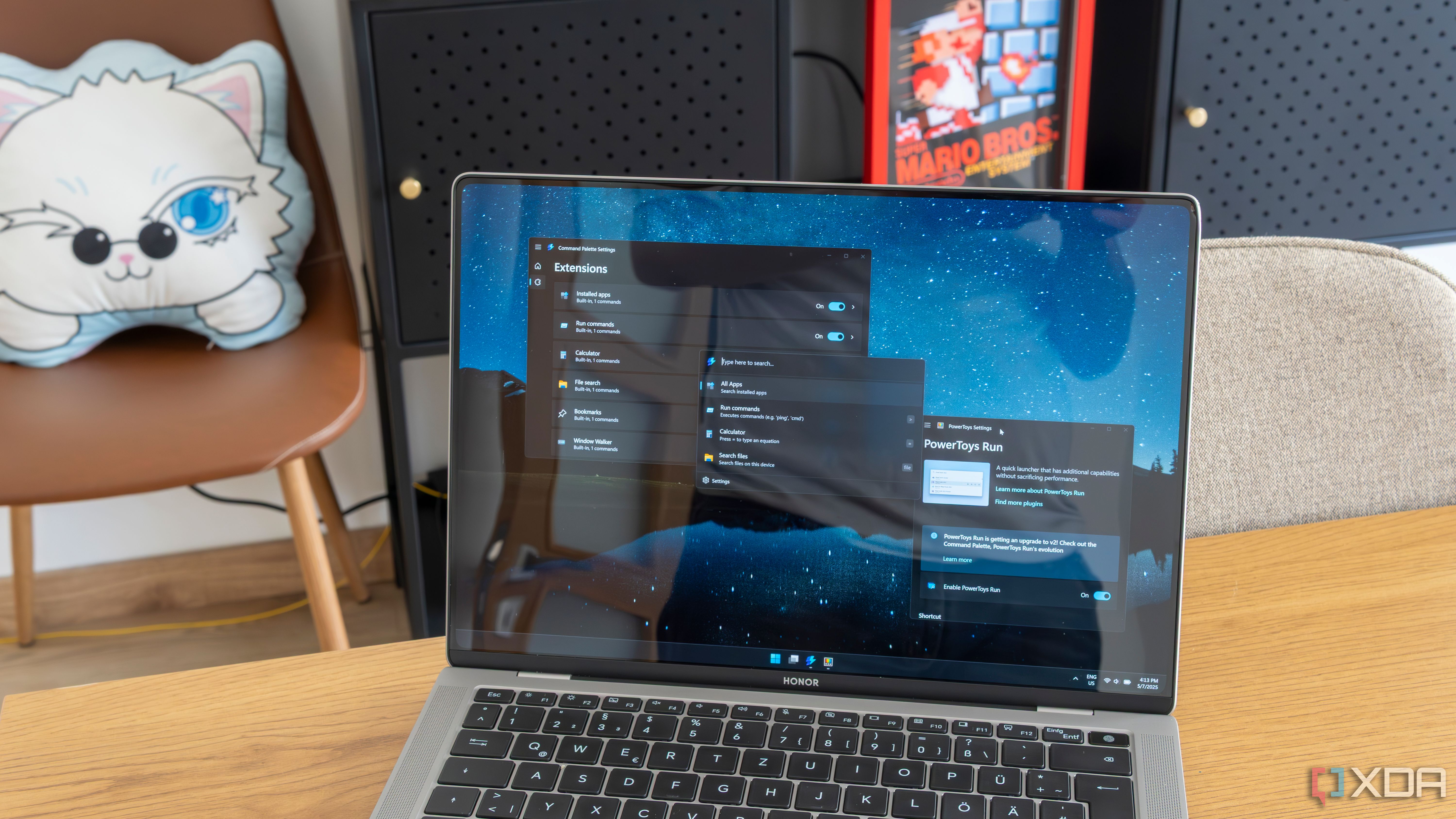










 English (US) ·
English (US) ·